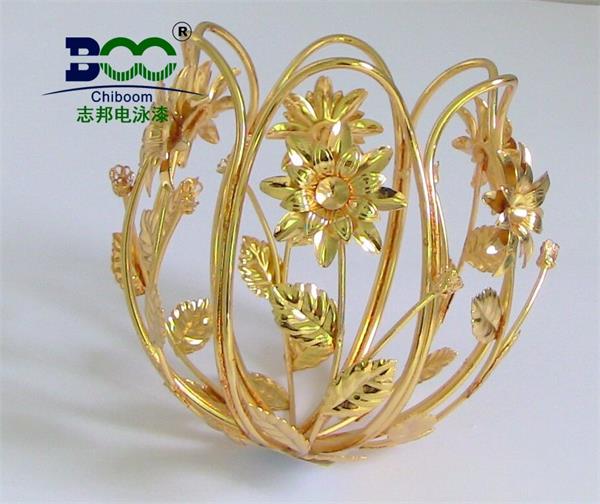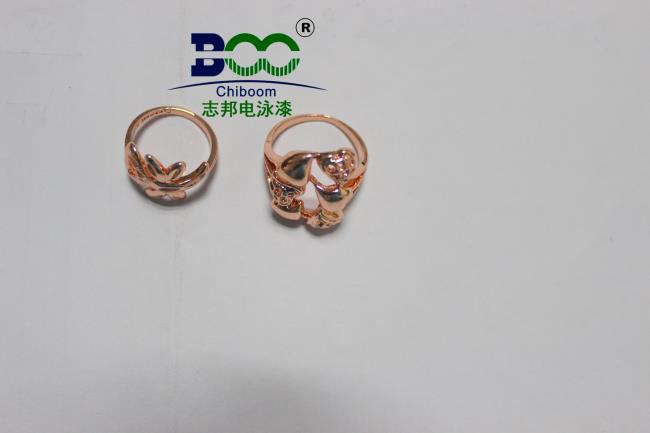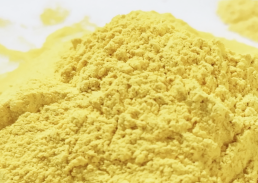Revealing the Causes of Blistering in Electrophoretic Paint: Have You Noticed These Details?
In numerous industrial fields such as automotive manufacturing and home appliance production, the electrophoretic coating process has become the top choice for many enterprises due to its excellent anti-corrosion performance and uniform coating effect. However, in actual production, the problem of blistering in electrophoretic paint often plagues engineers. It not only affects the product's appearance but may also reduce the protective performance of the coating. So, what exactly causes blistering in electrophoretic paint? Today, let's delve into this issue.

Material Factors: The "Incompatibility" Between Coating and Substrate
One common cause of blistering in electrophoretic paint is related to materials. If the electrophoretic coating itself contains impurities or has poor stability, it is prone to generating gases during the electrolysis reaction, which then form bubbles. In addition, an improper ratio of resin to solvent can lead to abnormal paint viscosity, making it difficult for bubbles to be discharged in a timely manner. Excessive water content in the solvent is also a non-negligible problem because water decomposes to produce hydrogen and oxygen during electrolysis, thus forming bubbles. Regarding the substrate, if there are contaminants such as oil stains, water spots, or dust on its surface that are not completely removed during the electrophoretic process, these contaminants will expand when heated during the drying process and also form bubbles. Meanwhile, excessive or insufficient surface roughness of the substrate may affect the adhesion of the electrophoretic coating, leading to blistering.
Process Factors: The "Chain Reaction" of Improper Operations
Unreasonable setting of process parameters is also an important reason for blistering in electrophoretic paint. Excessively high voltage intensifies the electrolysis reaction, generating an excessive amount of gas in a short time and thus forming bubbles. Insufficient electrophoretic time may not allow enough time for bubbles to naturally float up and burst, resulting in bubbles remaining in the coating. If the paint film thickness exceeds the process standards, the internal solvent's volatilization is hindered, which can also form bubbles. In addition, if the circulation rate of the bath liquid is too low, it cannot carry away the gases generated during the electrodeposition process in a timely manner, leading to bubble accumulation.
Equipment and Environmental Factors: The "Hidden Culprits"
Equipment issues should not be overlooked either. Leakage in the pump or valves of the electrophoretic bath liquid circulation system can cause air to be drawn in, resulting in blistering. A large overflow drop between the main and auxiliary tanks can also generate bubbles. If the anode plates are not installed horizontally, it can lead to uneven electric field distribution, causing excessive local current density and thus triggering blistering. The failure of the filtration system allows impurities to accumulate, which become nucleation points for bubbles, also contributing to blistering. In terms of the environment, when the workshop humidity is too high, moisture can easily mix into the paint liquid and participate in electrolysis, forming bubbles. Sudden temperature changes can cause temperature difference convection inside the paint liquid, which can also entrap air and form bubbles.
Solutions: A Multi-pronged Approach for a Fundamental Cure
To address the problem of blistering in electrophoretic paint, we can take measures from multiple aspects. First, optimize the substrate treatment by strengthening the control of the substrate surface's cleanliness to ensure there are no contaminants such as oil stains or water spots. Second, select electrophoretic coatings with stable quality and reasonable formulations, avoiding coatings that contain excessive bubbles, impurities, or volatile components. Third, reasonably set the electrophoretic process parameters, such as voltage, time, and drying temperature, to ensure an appropriate coating thickness and complete curing. At the same time, strengthen process monitoring by regularly checking the cleaning equipment, the quality of rinsing water, and the quality of the coating. Finally, improve the environmental conditions to ensure that the temperature, humidity, and air cleanliness in the electrophoretic coating workshop are stable and suitable.
Although the problem of blistering in electrophoretic paint is complex, as long as we deeply analyze the causes and take targeted solutions, we can effectively reduce the incidence of blistering and improve the overall quality of products.




 WeChat
WeChat